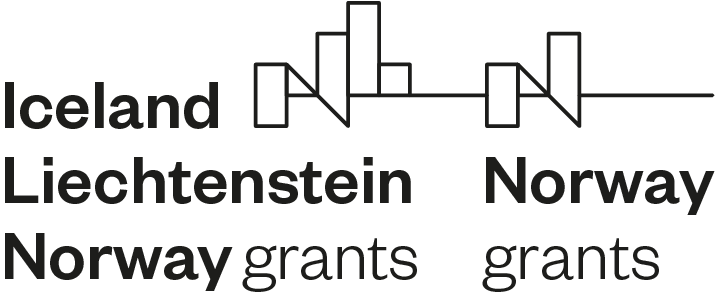Project in a nutshell
In the project, the researchers first performed a regional assessment of the
geothermal potential using existent geological, hydrogeological, geochemical
and geothermal data. They recorded active-source seismic data using explosive
sources in order to identify and image possible reservoirs of thermal water
into subsurface. The measurements were performed to south of the Baia Mare town
along two lines with north-south and east-west orientations. Their total length
was 33 km. The generation and recording of seismic waves was done by the
University of Bucharest in collaboration with PROSPECTIUNI S.A. (Romania).
The
results provided the first information in the area about the subsurface
geological structure and the presence of a system of deep faults considered
paths for geothermal fluid transportation. Ambient seismic noise and
magnetotelluric measurements were performed to identify water-bearing
structures into subsurface. The magnetotelluric measurements were performed
using equipment from the Lulea University of Technology (Sweden) in points
spread over a larger area, between Sighetul Marmatiei and Targu Lapus, to north
and to south of the Baia mare town.
The researchers from the University of Oslo
(Norway) and the Lulea University of Technology (Sweden) processed the data.
The obtained resistivity sections imaged water-bearing layers and bodies of
magmatic rocks.

